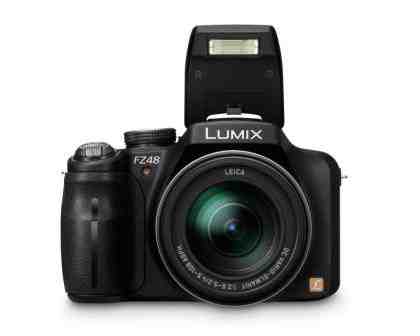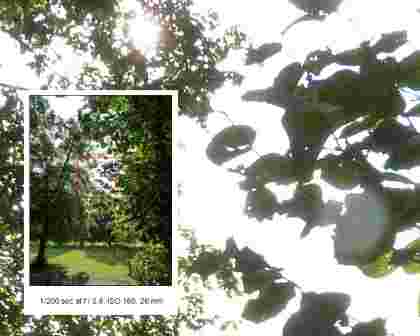If there's a running theme in our camera reviews, it's our frustration at huge megapixel ratings that push up noise rather than picture detail. With most casual shoppers assuming that more equals better, savvier consumers are left out in the cold. Panasonic is by no means blameless in this respect but it bucked the trend with its LX-series premium compacts. Now it's doing it again for ultra-zoom cameras.

Fewer pixels inside means less noise in pictures
The FZ48 is the successor to the FZ45 but it replaces the older model's 14-megapixel sensor with a 12-megapixel one. Let's be clear: that's still a lot of pixels, and enough to make A3 prints at 240dpi. However, with fewer pixels crammed into its tiny 1/2.33in sensor, more light hits each one, leading to more accurate measurements and less noise.
That's not the only positive change compared to the FZ45. The 3in screen's resolution has doubled to 460,000 pixels, and looks crisp and bright. The main specifications of the 24x lens are unchanged but it now has what Panasonic calls a "nano surface coating" to minimise internal reflections. We were impressed to find barely any sign of lens flares in our tests, even when shooting directly into the sun.

Lens flare is almost non-existent thanks a new coating - Click on the image to enlarge it
With less data to process and store, the lower resolution also contributes to the FZ48's faster performance. However, this doesn't fully explain the threefold improvement in continuous performance, which now stands at 3.7fps. It's limited to bursts of seven frames, but with a fast SDHC card it was ready for another burst in less than two seconds. The screen shows captured shots rather than a live view, though, and the autofocus didn't update between shots, which made capturing moving subjects tricky. The pricier, even faster FZ100 remains a better choice for sports and wildlife photography.
The FZ45's 720p AVCHD Lite video mode has been upgraded to AVCHD 1080p (files are encoded as interlaced but the video within is progressive scan). Details were crisp, noise was understated and the focus and zoom motors didn't spoil the high-quality stereo soundtrack. Automatic exposures reacted smoothly to changing light, and there's full access to priority and manual exposure modes for video – a rare feature for a digital stills camera and a crucial one for creative video projects.











